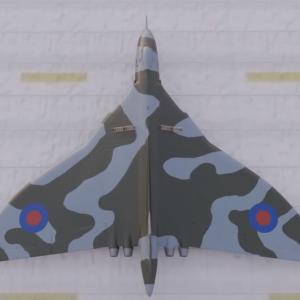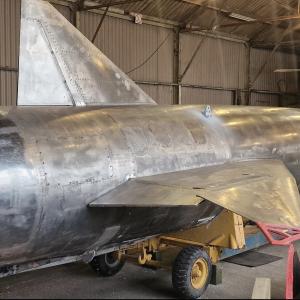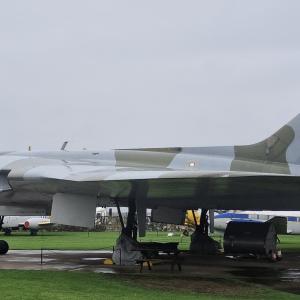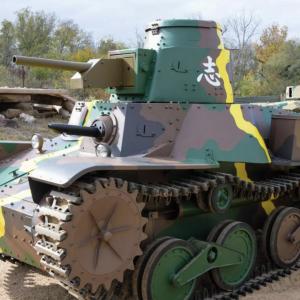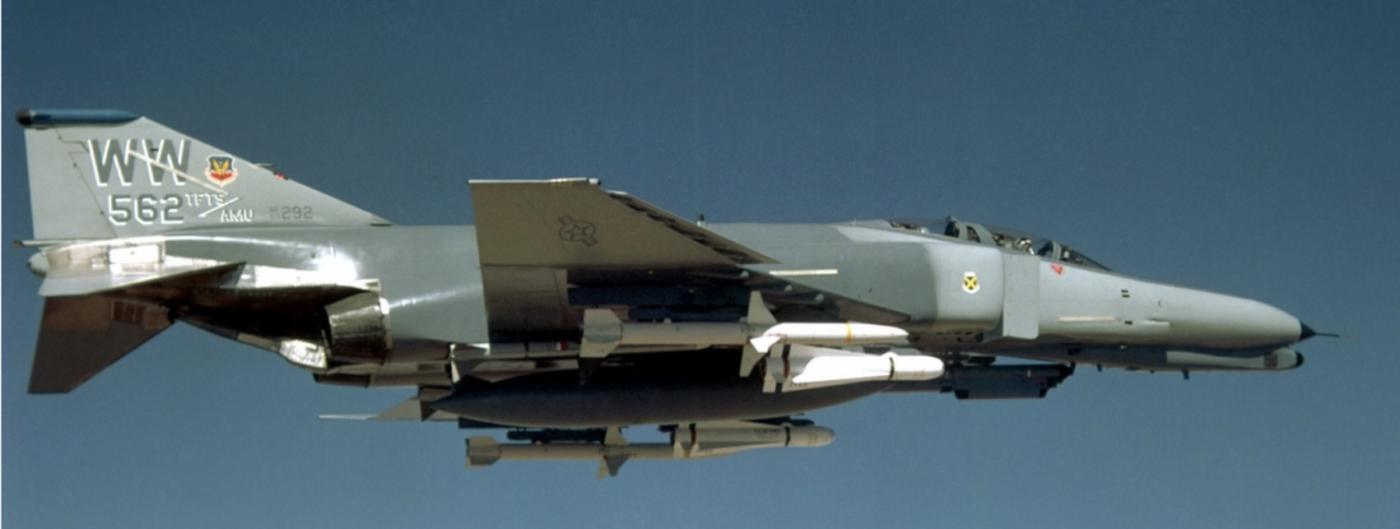
Wild Weasel planes
The Wild Weasel program emerged during the Vietnam War as a direct response to the introduction of Soviet-made SA-2 Guideline (S-75 Dvina) surface-to-air missile systems by North Vietnam in 1965. These radar-guided missiles posed a deadly threat to American aircraft flying bombing missions, particularly over heavily defended targets such as Hanoi and Haiphong. The United States Air Force realized that conventional strike aircraft were highly vulnerable to these threats and that a specialized mission was needed to counter and suppress enemy air defenses. This led to the development of the Suppression of Enemy Air Defenses (SEAD) role, which became the primary task of what came to be known as Wild Weasel aircraft.
Wild Weasel crews undertook one of the most dangerous missions of the war: deliberately flying into high-threat areas to detect, identify, and destroy enemy radar and missile installations. Their task was to provoke enemy radar operators into activating their systems—effectively lighting themselves up—so the Wild Weasel could engage them with anti-radiation missiles. The crews relied heavily on both pilot skill and electronic warfare officers (EWOs) to detect radar emissions, avoid missile threats, and strike radar sites before the enemy had a chance to shut down and hide. Their grim humor gave rise to the unofficial motto of the program: “You Gotta Be Shittin’ Me!”—a reflection of the incredulity at the danger they faced.
The first aircraft used in this role was the F-100F Super Sabre, a two-seat version of the existing fighter. It was quickly modified with basic radar homing and warning (RHAW) gear and equipped with the AGM-45 Shrike missile, the earliest American anti-radiation missile. Although the F-100F lacked speed and protection in contested airspace, it provided critical early experience in electronic warfare tactics and equipment. However, the aircraft’s limitations in range, speed, and survivability necessitated a rapid move to more capable platforms.
The F-105F and F-105G Thunderchiefs became the backbone of Wild Weasel operations in Vietnam. These aircraft offered superior speed, payload, and survivability compared to the F-100F. Wild Weasel versions of the F-105 were outfitted with advanced radar detection systems such as the AN/APR-25 and AN/APR-26, which could analyze the types and sources of enemy radar signals. These aircraft also carried electronic countermeasures (ECM) pods, such as the AN/ALQ-71 and AN/ALQ-101, to jam enemy radar and disrupt missile guidance. Armed with the Shrike missile and the more advanced AGM-78 Standard ARM, the F-105G became a lethal SEAD platform. The Standard ARM, with its longer range and better guidance, could engage radars that might otherwise shut down before the Shrike reached them.
Operating in two-man crews—consisting of a pilot and an EWO—the F-105 Wild Weasels would enter target zones ahead of the main strike force. Once enemy radar signals were detected, the EWO would identify and categorize the threat, after which the crew would launch anti-radiation missiles or mark the site for follow-on attacks. Their work was instrumental in reducing losses among bombers and fighters by clearing a path through the dense web of enemy air defenses.
The F-4 Phantom II was also adapted to the Wild Weasel mission later in the war, particularly as the F-105 fleet suffered heavy attrition. Early modifications led to the F-4C Wild Weasel, which retained Shrike capability and RHAW gear, though its systems were not as advanced as those of the F-105G. Despite its limitations, the F-4C provided a necessary stopgap. Eventually, the F-4G was developed, incorporating the sophisticated APR-38 and later APR-47 radar detection suites. These systems could track multiple radar sources across a wide range of frequencies, allowing the F-4G to engage a broader spectrum of enemy threats. Though the F-4G was introduced toward the end of the Vietnam War, it would go on to play a major role in SEAD missions through the Cold War and into the Gulf War.
Wild Weasel tactics evolved constantly in response to the enemy’s countermeasures. North Vietnamese radar operators learned to turn off their systems quickly when they detected an incoming Shrike, effectively blinding themselves but also denying the missile a target. To counter this, Weasel crews developed tactics to loiter in the area and bait radars into turning back on. The development of smarter missiles like the AGM-78, which could retain lock even if the radar signal was briefly lost, helped shift the balance back in favor of the attackers.
In addition to offensive missile capabilities, Wild Weasels employed extensive electronic countermeasures. ECM pods mounted on the aircraft could jam the SA-2’s Fan Song fire control radar, as well as other tracking systems used for anti-aircraft artillery. The combination of jamming, radar detection, and direct missile engagement made the Wild Weasel aircraft an essential component of any large-scale strike package. They rarely operated alone, often flying in “hunter-killer” teams with other strike aircraft. In this arrangement, the Weasel would locate and suppress radar defenses, allowing conventional bombers and fighters to carry out their missions with reduced risk.
The Wild Weasel mission in Vietnam was costly—many aircraft and crews were lost due to the inherent dangers of SEAD operations. But their impact on the air war was profound. By suppressing and destroying enemy radar and missile sites, they enabled deep-strike operations against heavily defended targets that might otherwise have been inaccessible. Their role was not only tactical but psychological, as North Vietnamese radar crews became increasingly wary of activating their systems, knowing a Weasel might be watching.

